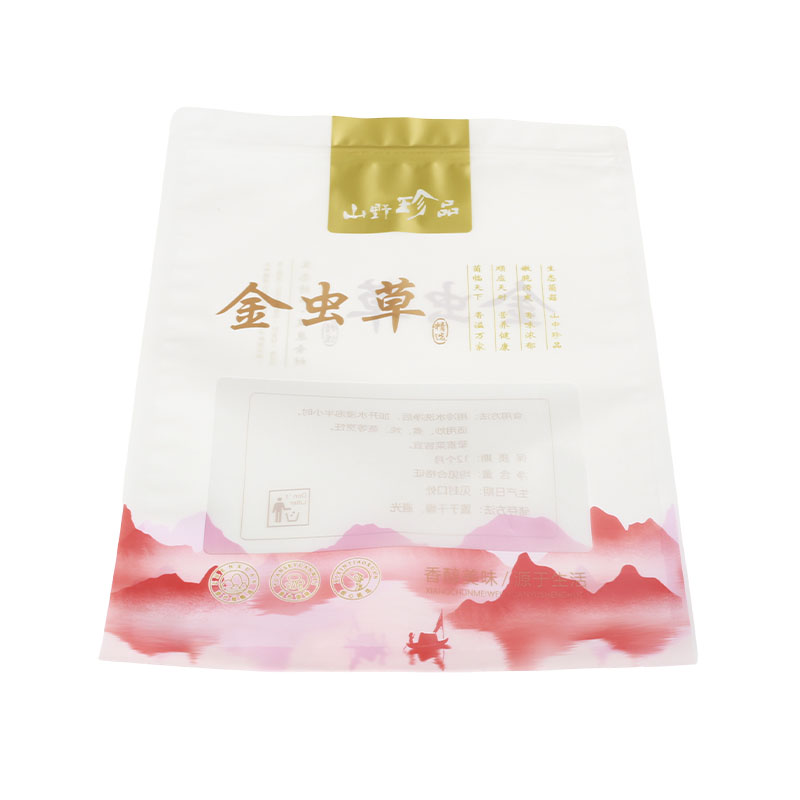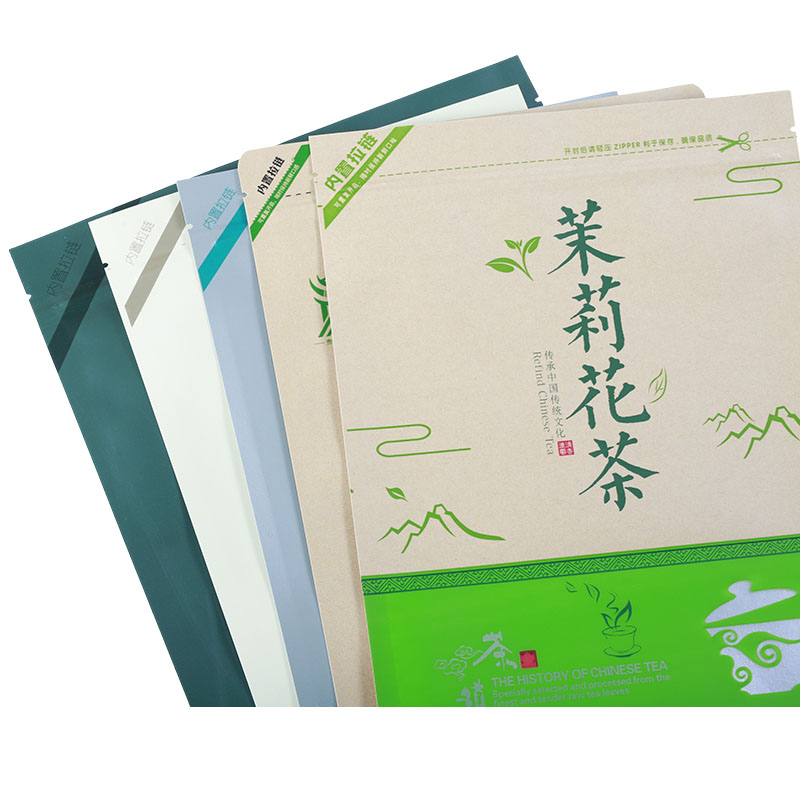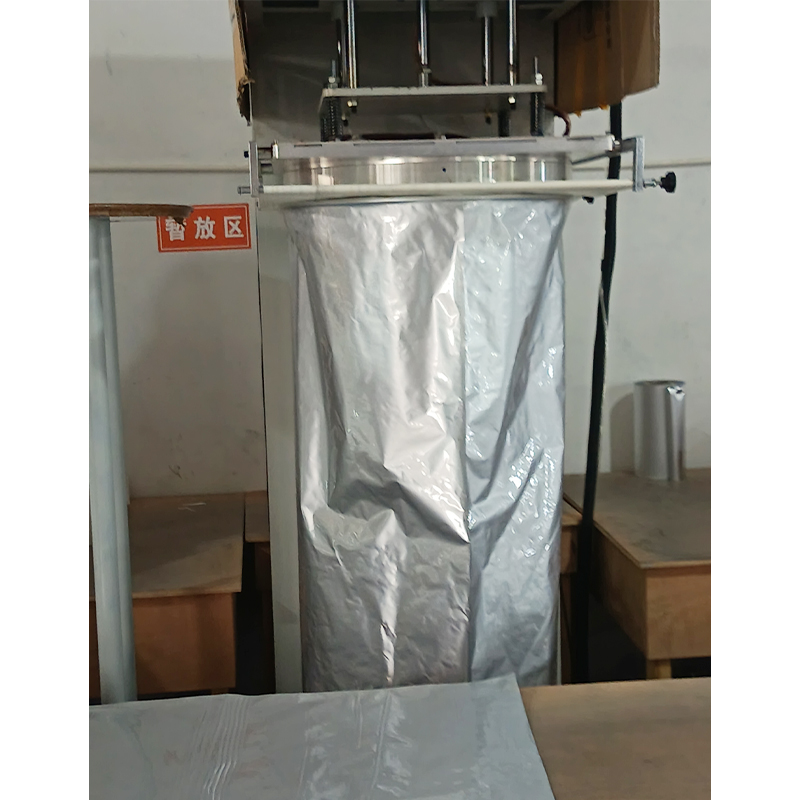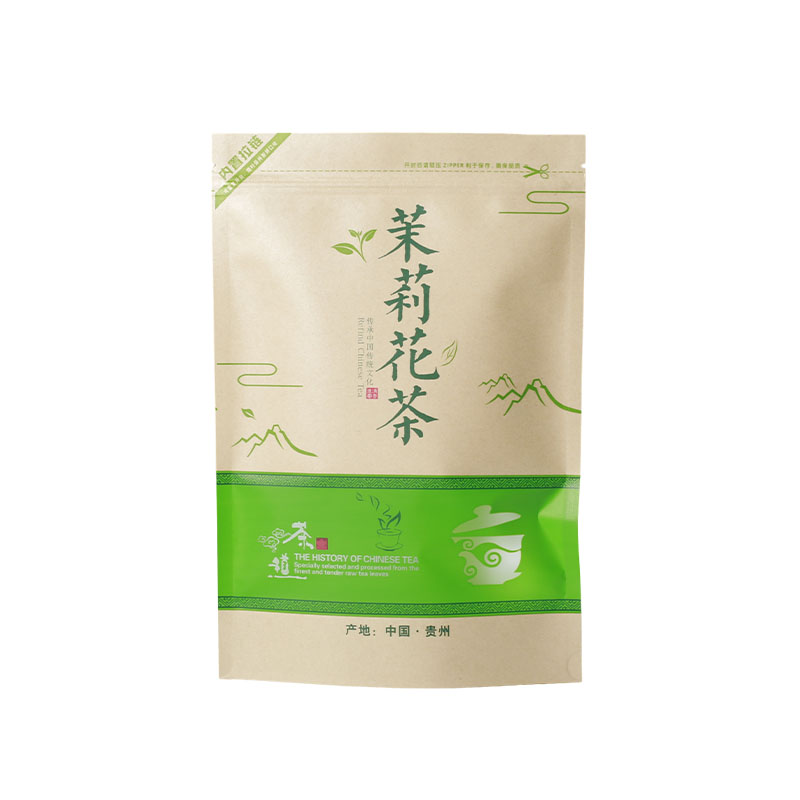What is the relationship between the embrittlement of aluminum foil bags during low-temperature storage and the material formula?
Release Time : 2025-10-08
The embrittlement of aluminum foil bags during low-temperature storage is essentially the result of the combined effects of physical and chemical changes in the various components of the material formulation under low-temperature conditions.
The aluminum foil layer, as the core barrier, has a direct impact on its low-temperature performance due to its purity and thickness. High-purity aluminum foil maintains ductility at low temperatures. However, insufficient aluminum content or impurities in the formulation can cause microcracks in the foil layer during contraction at low temperatures. These cracks become permeable channels for oxygen and moisture, accelerating the deterioration of the contents. Furthermore, excessively thin foil increases rigidity and reduces flexibility at low temperatures, increasing the risk of brittle cracking. For example, a certain brand of aluminum foil bag experienced a 30% increase in embrittlement at -18°C after the aluminum layer thickness was reduced from 12μm to 8μm.
The low-temperature toughness of the inner plastic layer is key to preventing embrittlement. Traditional PE film becomes hard and brittle at low temperatures, but adding linear low-density polyethylene (LLDPE) or metallocene polyethylene (mPE) to the formulation can significantly improve low-temperature performance. These materials modify their molecular chain structure, allowing the inner layer to maintain flexibility at -40°C, effectively mitigating stress concentration in the aluminum foil layer. Some high-end aluminum foil bags use CPP (cast polypropylene) as the inner layer, which has a lower glass transition temperature and can withstand extreme environments of -50°C.
The formulation of the outer protective film is equally important. PET (polyester) film, due to its high crystallinity, tends to become brittle at low temperatures. Adding elastomers or nanofillers to the formulation can improve its impact resistance. PA (nylon) film is modified through copolymerization to reduce the low-temperature stiffness of the amide bonds, allowing the outer layer to maintain toughness at low temperatures. For example, a four-layer aluminum foil bag with a 5% elastomer added to the outer PA layer showed no cracking in a -30°C bending test, while ordinary PA film exhibited a 20% brittleness rate under the same conditions.
A balanced formulation is key to preventing embrittlement. Excessively high aluminum foil content increases overall rigidity, while excessively thick plastic layers can compromise barrier properties. In a three-layer structure (PET/AL/PE), the aluminum layer typically accounts for 15%-20%, while the plastic layer accounts for 80%-85%. In a four-layer structure (PET/AL/PA/PE), adding a PA layer can further optimize the balance between barrier and toughness. One company improved the drop ball impact strength of an aluminum foil bag by 40% at -25°C by adjusting the formulation ratio.
The choice of additives significantly impacts low-temperature performance. Antioxidants prevent oxidative degradation of the plastic layer at low temperatures, light stabilizers reduce UV corrosion of the aluminum foil layer, and lubricants reduce interlayer friction and prevent delamination at low temperatures. Some formulations also incorporate nucleating agents to improve the low-temperature toughness of the plastic layer by refining the grain size. For example, adding 0.5% of a β-nucleating agent can reduce the low-temperature brittleness temperature of PE film from -30°C to -45°C.
In practice, the formulation needs to be adjusted based on the storage temperature and the characteristics of the contents. Frozen dough requires an 8-10μm aluminum layer and an LLDPE inner layer to withstand temperatures as low as -40°C and repeated freeze-thaw cycles. Pastries containing dairy products require a four-layer structure with antioxidants to prevent oil oxidation and aluminum corrosion. Reputable manufacturers provide a -40°C environmental testing report to ensure the dimensional stability and sealing performance of the packaging bag in extreme low temperatures.
The low-temperature embrittlement of aluminum foil bags is the result of the combined effects of the aluminum foil layer, inner plastic layer, outer protective film, and additives in the material formulation. By optimizing the purity and thickness of the aluminum layer, selecting low-temperature tough plastics, adjusting the formulation ratio, and adding functional additives, the performance stability of aluminum foil bags in low-temperature environments can be significantly improved. This correlation study provides theoretical support and practical guidance for the application of aluminum foil bags in frozen food, pharmaceutical cold chain, and other fields.








